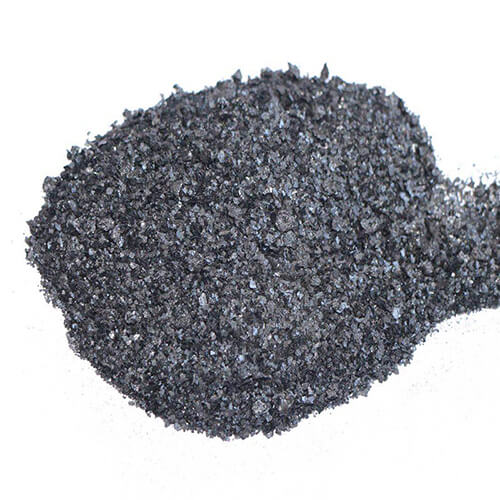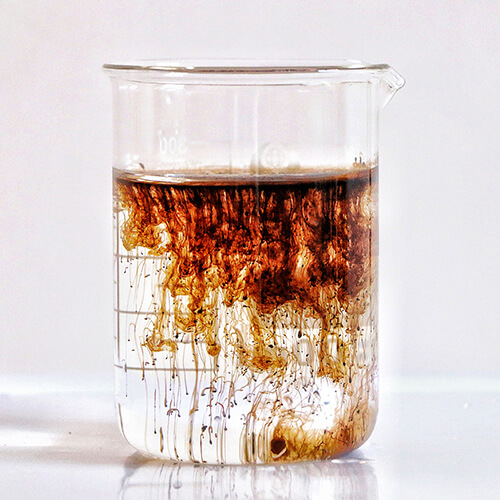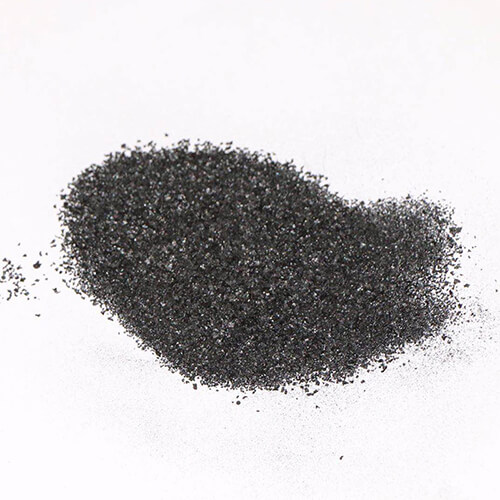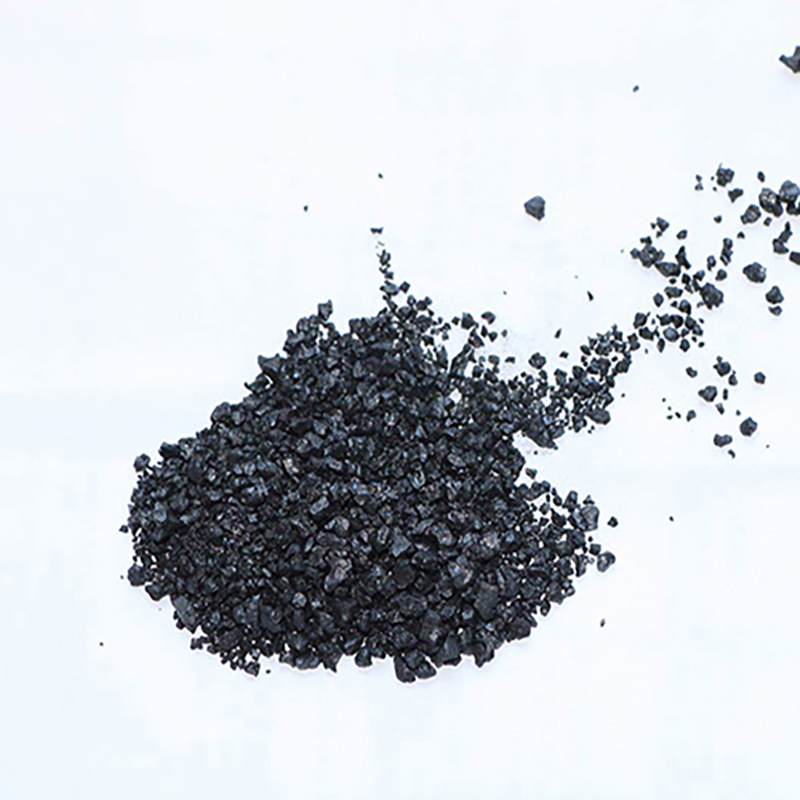Product Description:
Sodium humate(flakes)
Humic acid 65-70% water soulibility 98%,ph9-10.Organic matter:90%
Sodium humate is non-toxic, odorless and non-corrosive, and is easily soluble in water. The outstanding properties of sodium humate determine that the product is naturally an important poultry and fish feed additive and can also be used in many areas, such as removing toxic metals from wastewater or as a mud conditioner in petroleum drilling.
Sodium humate is made from weathered coal, peat and lignite through special technology. The dry content of humic acid in sodium humate exceeds 75% and is a good veterinary drug and feed additive for the production of green milk, meat and egg foods.
Feed additive: 5-6 grams of this product should be added to every kilogram of feed for chickens, geese, ducks and turkeys.
Industrial use: according to specific working conditions.

Functional properties of sodium humate
Pharmacological effects of sodium humate
1. Activation and absorption of feed ingredients
Since humic acid itself has a large molecular weight, it can associate into larger particles in a certain medium. Therefore, it has colloidal properties and adsorption capacity, forming good ion exchange and catalytic effects to promote the activation and absorption of feed ingredients.
1.1 Fully decompose the various complex molecular nutrients in the feed and make a good organic combination, increase gastrointestinal function, and promote protein assimilation.
1.2 Improve the permeability of animal cell membranes and protoplasm, increase the interstitial water and cell water content of muscle cells, and cause the phenomenon of smooth hair and tender skin in pigs.
1.3 The adsorption of humic acid makes feed nutrients pass through the intestines more slowly, enhances the absorption and digestion time, and improves the absorption rate of nutrients.
1.4 Humic acid molecules are rich in nitrogen and have a strong absorption effect on amino groups. It makes full use of non-protein ammonia compounds in the feed, converts feed protein into muscle protein to a high extent, and exerts lean meat growth potential. , increase the proportion of lean meat, and at the same time, the humic acid molecules remaining in the intestines can also absorb ammonia in the feces, which not only reduces the odor of the feces, but also increases the fertilizer effect due to the absorption of ammonia.
1.5 The quinone group contained in humic acid participates in the body's oxidation-reduction process, boosts metabolism, promotes cell proliferation, and accelerates growth.
1.6 Sodium humate can improve gastrointestinal function, promote gastric juice secretion, increase appetite, promote nutrients to enter the body faster, stimulate the growth of beneficial bacteria in the gastrointestinal tract, and inhibit the reproduction of putrefactive bacteria.
1.7 Since sodium humate can promote digestion and absorption, it can better absorb and utilize the mineral elements in the feed compatibility and give full play to the role of mineral elements and multivitamins.
2 Impact on endocrine function
2.1 Humic acid can stimulate the secretion of certain glands, inhibit sympathetic nerves, cause drowsiness, increase the time the animal spends in a sleep or quiet state, and generally reduce body movements and visceral activities. This aspect is beneficial to the assimilation of the entire body. , so that various organ systems can be recovered in time. On the other hand, the body temperature of livestock decreases when sleeping, and heat consumption and excess exercise energy consumption are reduced. Storage energy is relatively increased, thereby increasing the amount of muscle and fat deposition and improving feed conversion. Rate.
2.2 Humic acid can activate the function of the pituitary gland and the adrenal cortex, promote the secretion of ACTH, increase the secretion of estrogen, and stimulate the balance of the thyroid gland.
3 antibacterial and anti-inflammatory effects
3.1 Humic acid can activate the pituitary-adrenal system, promote the release of corticosteroids and ACTH, inhibit the synthesis of prostate E (prostaglandin is the mediator of the pain process), and can counteract the increase in capillary permeability caused by amines.
3.2 Sodium humate is a polymer complex and contains alkaloids, so it has strong adsorption capacity for intestinal inflammatory substances and toxic substances, and also has an astringent effect on the intestinal mucosa. In addition, because the structure of sodium humate contains Various active groups can constrict blood vessels, reduce capillary permeability, and play an anti-inflammatory and hemostatic role.
3.3 Under the action of various enzymes, the active groups in the sodium humate molecule can decompose more nascent oxygen, showing a bactericidal effect.
4. Antiviral effect
4.1 Humic acid is different from antibiotics in that it is not decomposed by molds and bacteria. It can also denature viral proteins, thereby producing antiviral effects.
4.2 Sodium humate can prevent DNA viruses (naked and enveloped) from being adsorbed and connected to cells and unable to reproduce. In addition, it can inhibit reverse transcriptase activity and inhibit virus synthesis.
5. Promote wound healing
5.1 Sodium humate has a good effect on purulent infection of soft wounds, removing saprophysis and promoting myogenesis. Under the stimulation and damage of microorganisms, the infected body cells will cause necrosis due to local cell hypoxia and the separation of harmful ions and poisons. This toxicity Products damage health and cause wounds to expand. After sodium humate comes into contact with the wound, metal ions and poisons are eliminated due to changes in physical and chemical effects, and the odor and secretions of pus are also reduced.
5.2 Sodium humate can quickly form a protective film on the surface of the wound and constrict the micro blood vessels to stop bleeding. Due to the molecular structure of sodium humate, it is both an oxidant and a reducing agent. It can separate nascent oxygen from secondary energy, increase internal respiration of cells, promote cell metabolism, and is beneficial to the survival of mesenchymal cells and the production of granulation. Infections are effectively controlled.
5.3 Sodium humate can increase the number of platelets, constrict blood vessels, reduce capillary permeability, reverse abnormal microcirculatory perfusion and promote recovery to normal.
5.4 Sodium humate can stimulate the synthesis of prostaglandins in the gastric mucosa, increase gastric mucosal blood flow, protect the gastric mucosa, and heal ulcers.
6 Effects on immune function
6.1 Sodium humate can increase the spleen weight of mice and rabbits, enlarge the white pulp area, significantly increase red pulp cells, and produce large macrophages, thereby enhancing the function of immune organs.
6.2 Sodium humate has an stimulating effect on the function of the reticuloendothelial system, that is, on non-specific immune function.
6.3 Sodium humate can enhance humoral immune function.
6.4 Sodium humate can increase the lymphatic circulation rate, has a similar effect to phytohemagglutinin (PHA), and participates in cellular immunity.
Toxicology and detoxification effects of sodium humate
Sodium humate has been proven safe and non-toxic through general toxicity and special toxicity tests. For example, sodium humate is administered orally to rats with an LD of 50 to 12 g/kg, and sodium humate is administered to mice by gavage at an LD of 50 to 3150 mg/kg. The maximum oral tolerance of dogs is The capacity is LD50?4g/kg. Sodium humate is not only non-toxic but also has a detoxifying effect on heavy metals, strychnine, etc., and can reduce the toxicity of urea.







